Increased Focus on Quality Control
Quality control remains a critical aspect of laboratory operations, significantly impacting the Laboratory Freezer Market. Laboratories are increasingly adopting stringent quality assurance protocols to ensure the integrity of their samples. This focus on quality control necessitates the use of high-performance laboratory freezers that can provide consistent temperature stability and monitoring capabilities. As regulatory requirements become more rigorous, laboratories are compelled to invest in advanced freezer technologies that meet these standards. This trend indicates a growing market for laboratory freezers equipped with sophisticated monitoring systems, thereby enhancing the Laboratory Freezer Market.
Rising Demand for Biopharmaceuticals
The Laboratory Freezer Market is experiencing a notable surge in demand due to the increasing production of biopharmaceuticals. As the biopharmaceutical sector expands, the need for reliable storage solutions becomes paramount. Laboratory freezers are essential for preserving sensitive biological materials, including vaccines and cell cultures, which require stringent temperature controls. According to recent data, the biopharmaceutical market is projected to reach USD 500 billion by 2026, driving the demand for laboratory freezers. This trend indicates that manufacturers must innovate to meet the specific storage requirements of biopharmaceutical products, thereby enhancing the Laboratory Freezer Market.
Emergence of Advanced Freezer Technologies
The Laboratory Freezer Market is witnessing a transformation due to the emergence of advanced freezer technologies. Innovations such as ultra-low temperature freezers and smart freezers equipped with IoT capabilities are gaining traction. These technologies offer enhanced performance, energy efficiency, and real-time monitoring, which are essential for modern laboratory operations. The introduction of these advanced solutions is likely to attract a broader customer base, including academic institutions and pharmaceutical companies. As a result, the Laboratory Freezer Market is expected to expand, driven by the demand for cutting-edge storage solutions that meet the evolving needs of laboratories.
Regulatory Compliance and Safety Standards
Regulatory compliance and safety standards play a pivotal role in shaping the Laboratory Freezer Market. Laboratories are required to adhere to strict guidelines regarding the storage of sensitive materials, which necessitates the use of reliable laboratory freezers. Compliance with these regulations not only ensures the safety of laboratory personnel but also protects the integrity of stored samples. As regulatory bodies continue to update their standards, laboratories are increasingly investing in freezers that meet these requirements. This trend suggests a sustained demand for high-quality laboratory freezers, thereby reinforcing the Laboratory Freezer Market.
Growth in Research and Development Activities
The Laboratory Freezer Market is significantly influenced by the growth in research and development activities across various sectors, including healthcare and life sciences. Increased funding for R&D initiatives has led to a higher demand for laboratory equipment, particularly freezers that can maintain optimal conditions for sensitive samples. In recent years, R&D spending in the life sciences sector has seen a compound annual growth rate of approximately 5%, indicating a robust market for laboratory freezers. This growth suggests that laboratories are investing in advanced storage solutions to support their research endeavors, thereby propelling the Laboratory Freezer Market forward.


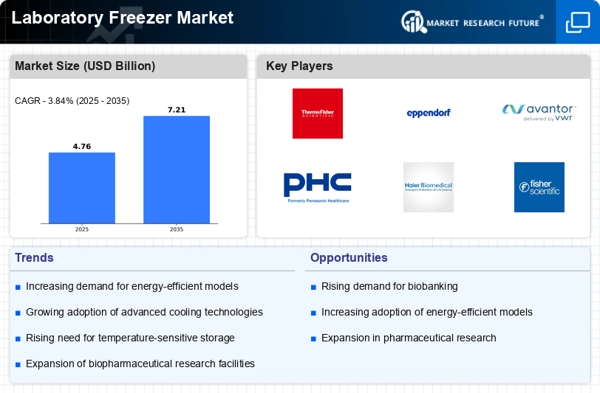
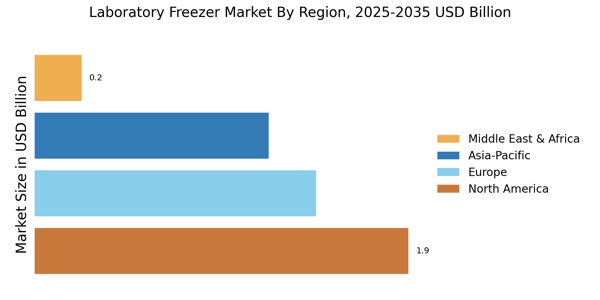
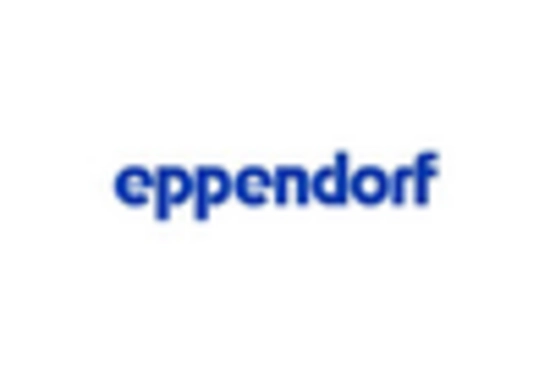
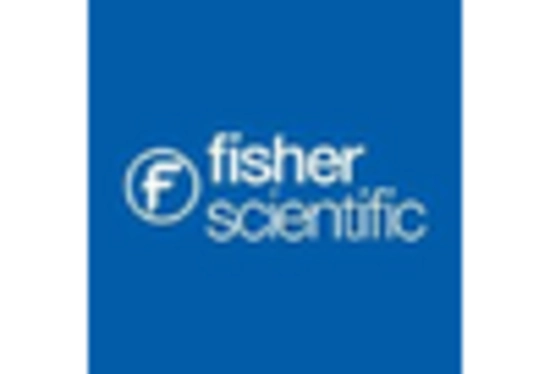
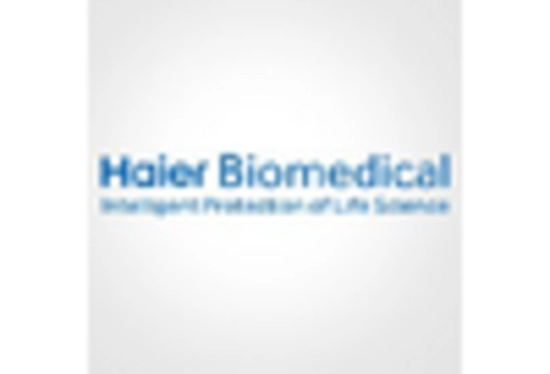
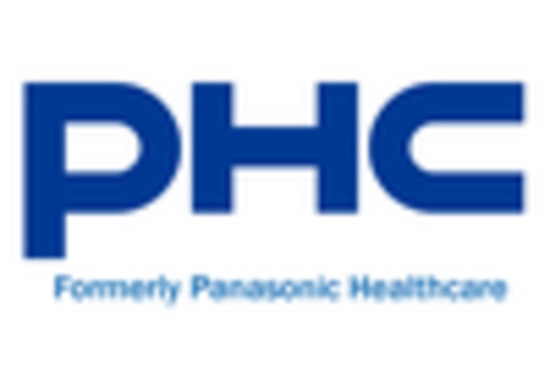










Leave a Comment